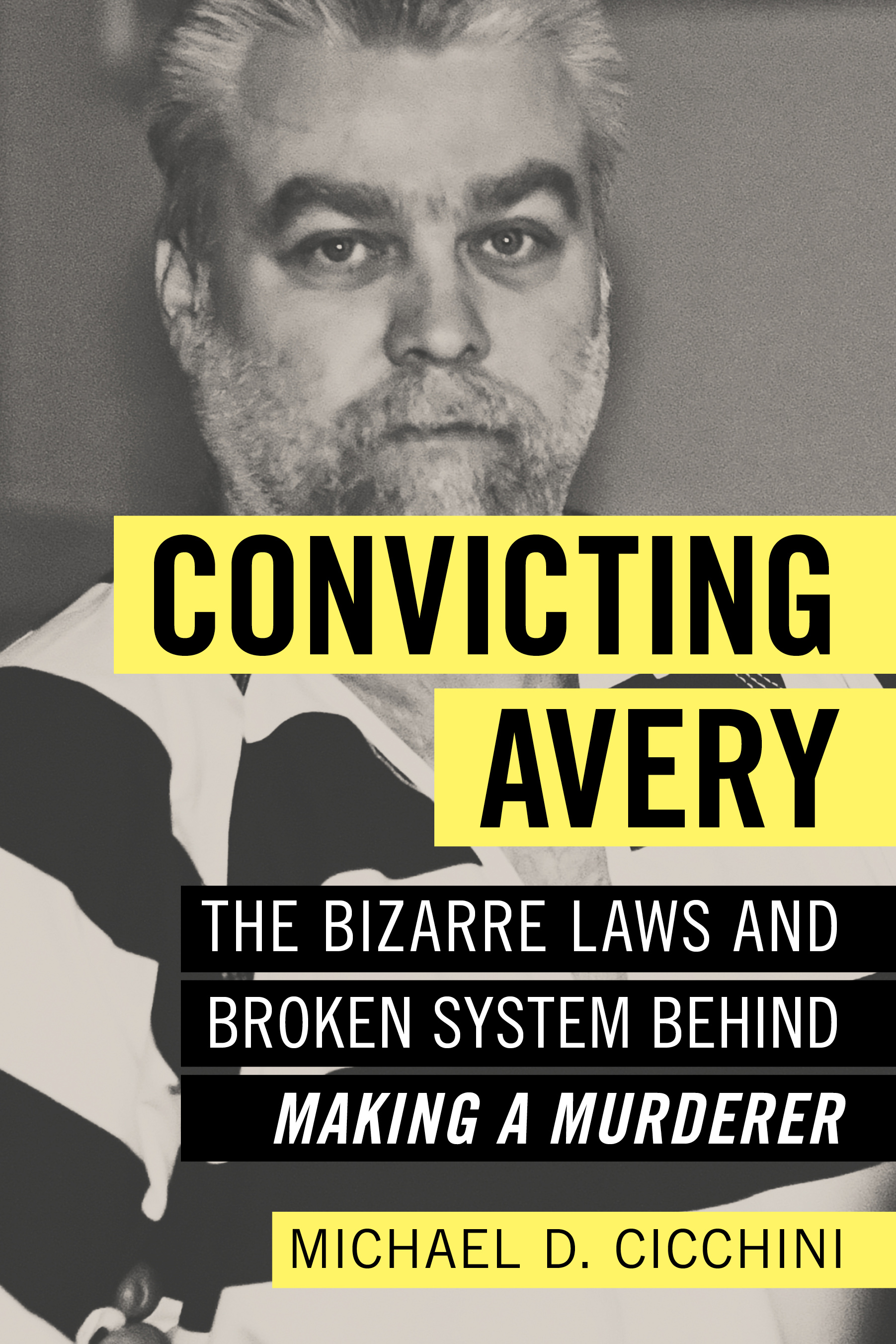Collaborative divorce gains momentum in Wisconsin
By: dmc-admin//November 24, 2008//
The year was 1999. We were all worrying about Y2K, eating low-carbohydrate diets and asking, “Is that your final answer?”
Those are all distant memories now. But one event dating back to the end of the 20th century has gone in the other direction, gaining tremendous momentum: collaborative family law.
Way back when, at my invitation, a group of family law attorneys met in 1999 on a Saturday morning to discuss the idea of forming a collaborative divorce group in Wisconsin. At the time, collaborative divorce was a foreign term in the state, as in most of the country. Today while it might not be a household name yet, collaborative divorce has become a widely accepted area of legal practice.
To test the success of this process, informally and at the local level, my office studied three years of collaborative divorce cases filed in Waukesha County. In this article and next week’s, we’ll look at the results of this study, and discuss the impact of collaborative divorce and its role as a method of an alternate dispute resolution process on divorce, now and in the future.
A Speedy Review
Prior to 2000, the only ADR available to divorce lawyers in Wisconsin was mediation.
In 1990, Minnesota lawyer Stuart Webb began experimenting with an alternative to traditional divorce negotiations, designed to eliminate even the threat of trial from the legal process.
The first collaborative divorce group was founded in California in 1993, when attorney Pauline Tesler developed the process into a multi-disciplinary one, including mental health and financial professionals.
For any readers of this column who have been in a coma during the last five years, in a collaborative divorce, the parties and attorneys sign an agreement not to litigate. There are mutual promises of full and voluntary disclosure, joint appraisals and good-faith negotiating. The “teeth” in the agreement is that if litigation is needed, both attorneys will withdraw and turn the case over to new lawyers, at considerable cost to both parties.
When we began exploring the process in Wisconsin in 1999, beside California and Minnesota, the only states with collaborative divorce groups were Ohio and Connecticut.
We invited these lawyers to meet with us, and were delighted that 40 lawyers throughout the country came to Chicago at their own expense. That meeting developed into an annual meeting under the auspices of what is now known as the International Academy of Collaborative Professionals (IACP; see www.collaborativepractice.com).
Today, the IACP has more than 3,000 members from 194 different collaborative law groups in 38 states, plus Washington D.C. There are also collaborative groups in 11 foreign countries. The annual meeting is now a major event, drawing hundreds of attendees.
That 1999 Milwaukee Saturday morning meeting resulted in the Collaborative Family Law Council of Wisconsin Inc. (www.collabdivorce.com), which today has 118 lawyers, 27 financial experts and 58 mental health experts as members throughout the state.
Parenthetically, we are proud that Milwaukee attorney Susan Hansen was president of IACP last year — a sign of the vitality and importance of the Wisconsin group.
The Study
On the theory that close to a decade is sufficient time to yield reliable statistics, my office studied three years of collaborative cases in Waukesha County. We chose Waukesha because it has a sizable number of attorneys who are members of the collaborative group, without an unwieldy number of divorce filings.
We looked at all divorces filed in 2005, 2006 and 2007 and identified those in which collaborative agreements were filed. We then looked at each of these cases and examined whether it appeared that the collaborative agreement was successful. (The raw data is posted on our office Web site at www.loebherman.com/collaborativestudy. Thanks to Che’Shane Francis for collecting it).
We counted a three-year total of 3,927 divorces filed, and of them, there was a three-year total of 75 collaborative divorce cases. Of those 75 cases:
- Sixty settled within the context of the collaborative process;
- Six were dismissed, all apparently due to reconciliation;
- One case is still open, but appears to be moving toward settlement within the collaborative process; and,
- Eight cases, or 11 percent of the total collaborative cases filed, resulted in a breakdown of the process where new lawyers had to be retained.
The greatest fear of collaborative divorce in 1999 was the risk of failure. Due to the costs of changing lawyers, not only financially, but in the lost time while the new lawyers get up to speed, it was felt that a high failure rate would doom the process. Given the prevalence of using the threat of litigation in settlement negotiations, many felt that a process that promises not to use litigation would have a substantial failure rate.
Clearly, at least in Waukesha, those fears were unfounded.
In addition, although arguably not enough time has elapsed to make this statistic meaningful, of the 60 cases that settled within the collaborative process, only one case had a postjudgment action brought outside of the collaborative process.
Next week, I’ll discuss what these and other results from the study might mean about the future of the collaborative process.
Legal News
- Some State Bar diversity participants walk away from program
- Wisconsin court issues arrest warrant ‘in error’ for Minocqua Brewing owner
- Iranian nationals charged cyber campaign targeting U.S. Companies
- Facing mostly white juries, are Milwaukee County defendants of color truly judged by their peers?
- Milwaukee Mayor speaks in D.C. Tuesday at White House water summit
- Chicago man sentenced to prison after being caught with ‘Trump Gun’
- FTC bans non-competes
- Gov. Evers seeks applicants for Dane County Circuit Court
- Milwaukee man charged in dismemberment death pleads not guilty
- Democratic-led states lead ban on the book ban
- UW Madison Professor: America’s child care crisis is holding back moms without college degrees
- History made in Trump New York trial opening statements
WLJ People
- Power 30 Personal Injury Attorneys – Russell Nicolet
- Power 30 Personal Injury Attorneys – Benjamin Nicolet
- Power 30 Personal Injury Attorneys – Dustin T. Woehl
- Power 30 Personal Injury Attorneys – Katherine Metzger
- Power 30 Personal Injury Attorneys – Joseph Ryan
- Power 30 Personal Injury Attorneys – James M. Ryan
- Power 30 Personal Injury Attorneys – Dana Wachs
- Power 30 Personal Injury Attorneys – Mark L. Thomsen
- Power 30 Personal Injury Attorneys – Matthew Lein
- Power 30 Personal Injury Attorneys – Jeffrey A. Pitman
- Power 30 Personal Injury Attorneys – William Pemberton
- Power 30 Personal Injury Attorneys – Howard S. Sicula









